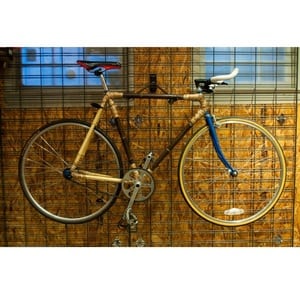
Agriculture
August 4, 2024
Bandha Bikes
Read SolutionImplemented by
Hatch International
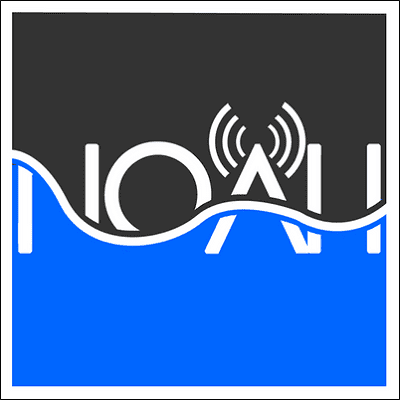
Updated on June 26, 2024
·Created on September 28, 2019
A remote sensing-based application used as a risk reduction and management tool in case of threat of severe weather events.
UP Noah (University of Philippines Operational Assessment of Hazard Centers) provides a way to raise awareness of hazards and extreme events (floods, landslides, storm surges, volcanoes and earthquakes) in the Philippines, by mapping the risk areas through the cartographic information of the satellite Himawari. It provides users with data on the temporal and physical location and the grade of an event to manage events in advance.
The University of Philippines, the creator of this service, is located in Quezon City, Philippines.
Target SDGs
SDG 11: Sustainable Cities and Communities
SDG 9: Industry, Innovation and Infrastructure
Target Users (Target Impact Group)
Community, Public Sector Agencies
Distributors / Implementing Organizations
The University of Phillippines
Countries
Philippines
Manufacturing/Building Method
N/A
Intellectural Property Type
Select Type
User Provision Model
Downloaded directly by the user
Distributions to Date Status
Unknown
Power requirement (mA)
Depends on the device used
Processing platform
Any computer or handheld device
Remote Sensor Calibration (Y/N)
No
Reporting modalities (wifi/ cellular network/other)
Any device connected to a regular internet connection
Sampling rates (Hz)
640-13,300 Hz
Sensor type(s)
Satellite Himawari
Design Specifications
UP Noah provides a way to raise community awareness of hazards and extreme events in the Philippines, to increase preparedness and reduce the catastrophic impacts of extreme hazard events.
UP Noah uses real time images of satellite Himawari 8 to conduct its analyses.
An internet connection is required for use. By using UP Noah's online map it is possible to view real-time risk situations.
The user can input the specific location and search on the bar zoom. The color of the map shows the height of the funds that can be caused by continuous heavy rainfall and the legend on the left side of the screen shows the height of the flood.
Technical Support
Supplied by the manufacturer
Replacement Components
N/A
Lifecycle
N/A
Manufacturer Specified Performance Parameters
Cultivate a culture of preparedness and reduce the catastrophic impacts of extreme hazard events.
Provide high-resolution hazard maps for floods, landslides, and storm surges.
Deliver a near real-time warning systems for floods for communities living along 18 major river systems in the Philippines.
Vetted Performance Status
The capacities of the results for the satellite images depend on the sensors, the characteristics of Himawari 8 and 9 in Philippines area are the following ones:
| Observations per timelines | Time cycle (min.) | Observations per day |
| 4 | 2.5 | 576 |
Safety
N/A
Complementary Technical Systems
None
Academic Research and References
Alejandrino, A.M.F. and Lagmay A.M.F.A., 2016, Shallow Lanslide Hazard Mapping for Davao Oriental, Philippines Using a Deterministic GIS Model, Communicating Climate Change and Natural Hazard Risk and Cultivating Resilience: Case Studies for a Multidisciplinary Approach, Eds., Yekaterina Y. Kontar, Springer, Berlin, Germany.
Cádiz, N.R.R., 2018, UP NOAH in Building Resilient Philippines; Multi-Hazard and Risk Mapping for the Future, Procedia Engineering, 212, pp. 1018-1025.
Estuar, M.R.F., Ilagan, J.O., Victorino, J.N., Lagmay, M. and Hechanova, M.R., 2017, The Challenge of Continuous User Participation in eBayanihan: Digitizing Humanitarian Action in a Nationwide web mobile participatory disaster management system, 2016 3rd International Conference on Information and Communication Technologies for Disaster Management (ICT-DM)
Lagmay, A.M.F.A., Mendoza, J., Cipriano, F., Delmendo, P., Lacsamana, M., Moises, M., Pellejera, J., Pumay, K.N. Sabio, G., Santos, L., Serrano, J., Taniza, H.J. and Tingin, N., 2017, Street Floods in Metro Manila and Possible Solutions, J Environmental Sci.
Lagmay, A.M.F.A., Racoma, B., Aracanm K., Alconis-Ayco, J. and Saddi, I., 2017, Disseminating Near-Time Hazard Information and Flood Maps in the Philippines Through We-GIS, J Environmental Sci.
“Goal 11.” n.d. Sdgs.Un.Org. Accessed June 26, 2024. https://sdgs.un.org/goals/goal11
Competitive Landscape – NWS Internet Services Team. 2002. “National Maps – NOAA’s National Weather Service.” https://www.nws.noaa.gov/outlook_tab.php
“Forecasting Weather.” n.d. Esa.Int. Accessed June 26, 2024. https://www.esa.int/Applications/Observing_the_Earth/FutureEO/Aeolus/Forecasting_weather
“Open Data Commons Open Database License (ODbL) v1.0 — Open Data Commons: Legal Tools for Open Data.” n.d. Opendatacommons.Org. Accessed June 26, 2024. https://opendatacommons.org/licenses/odbl/1-0/
N.d. Jma.Go.Jp. Accessed June 26, 2024. https://www.data.jma.go.jp/mscweb/en/himawari89/space_segment/hsd_sample/HS_D_users_guide_en_v13.pdf
“NOAH – Nationwide Operational Assessment of Hazards.” n.d. Edu.Ph. Accessed June 26, 2024. https://noah.up.edu.ph/?fbclid=IwAR0RDhHGahtZskDGhZnm22VFZ4jBU9flIZOvqnw0SeqcRcyBa3UeVRlYeOE#/
“Design specifications.” n.d.UP Noah uses real time images of satellite Himawari 8 to conduct its analyses. https://himawari8.nict.go.jp/
Compliance with regulations
Unknown
Evaluation methods
Unknown
Other Information
None

Agriculture
August 4, 2024
Implemented by
Hatch International

Agriculture
June 25, 2024
Implemented by
Thuraya

Agriculture
June 23, 2024
Implemented by
WhereIsMyTransport
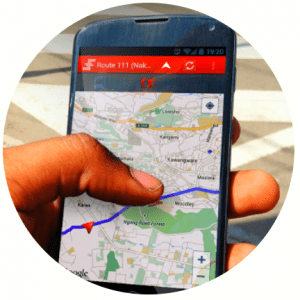
Agriculture
June 12, 2024
Implemented by
Digital Matatus
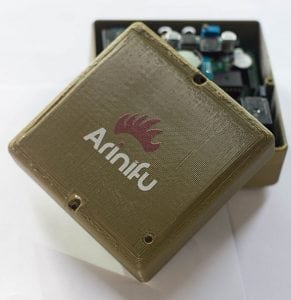
Agriculture
May 24, 2024
Implemented by
Arinifu (George Chege)
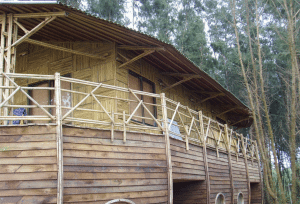
Agriculture
March 7, 2024
Implemented by
International Network for Bamboo and Rattan (INBAR)

Agriculture
June 19, 2024
Implemented by
Roke Telkom
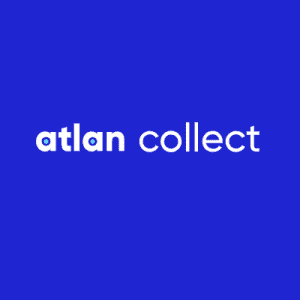
Agriculture
June 1, 2024
Implemented by
Socialcops
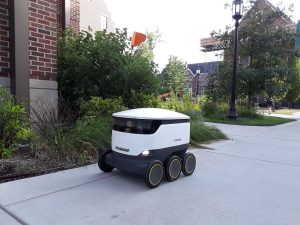
Agriculture
June 29, 2024
Implemented by
Starship Technologies
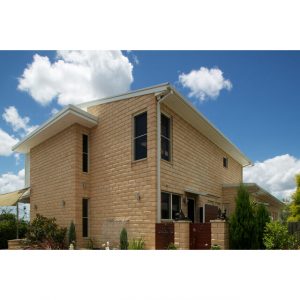
Agriculture
March 14, 2024
Implemented by
Timbercrete
Have thoughts on how we can improve?
Give Us Feedback